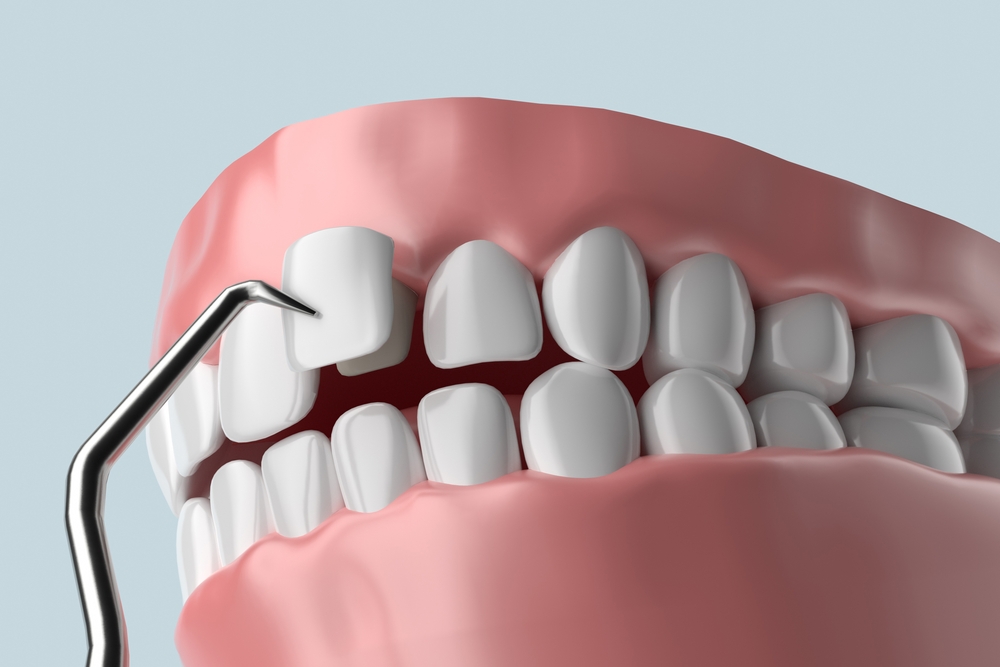VENEERS
What are veneers
Dental veneers serve as a distinctive cosmetic solution that enhances the overall look of your teeth. These customized shells are crafted to improve color, shape, close gaps, and eliminate chips.
There exist various types of veneers that greatly differ in terms of cost and durability. The two main categories are porcelain veneers and resin-based veneers. Porcelain veneers are more resilient but come at a higher cost. On the other hand, resin-based composite veneers are more budget-friendly but are not as durable, often prone to breakage and requiring more frequent replacement.
It’s important to note that dental veneers provide a permanent resolution for cosmetic dental concerns.
Who are veneers for?
Veneers cater to individuals who experience enduring cosmetic dental issues. They offer the opportunity to achieve an exquisite smile without the need for braces, retainers, or teeth whitening procedures.
It’s important to note that veneers provide a permanent dental solution. During the veneer placement process, a portion of the protective enamel is gently removed, resulting in a permanent alteration.

What is the difference between veneers, crowns, and implants?
Dental veneers, crowns, and implants are all designed to replicate the natural appearance of teeth, although their applications and placement differ. The primary distinction lies in the way each device is positioned. Dental veneers cover only the front surface of a tooth, while crowns encompass the entire tooth structure. Crowns are typically recommended for teeth with minimal remaining structure, while veneers preserve most of the original tooth.
Implants, on the other hand, are devices that securely attach to the jawbone, serving as replacements for completely missing teeth. An alternative option for missing teeth is the use of a bridge, which consists of a crown on each side of the gap, with a false tooth in the middle bridging the space.
In terms of teeth whitening procedures, the initial step involves preparation. A barrier gel is applied to safeguard your gums and lips from the treatment. Following the application of the barrier gel, the teeth whitening gel is administered. UV light is then used to activate the gel, facilitating rapid results. This process is repeated at regular intervals of 15 minutes until the desired outcome is achieved, allowing you to leave with a brighter, more radiant smile!
